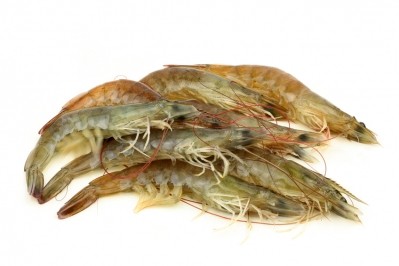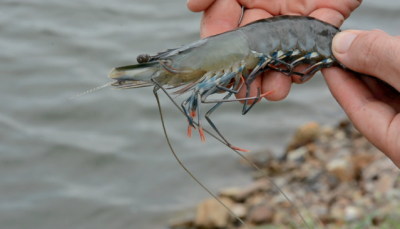Eastern promise: Cargill pins aquafeed growth hopes on Asia

Cargill’s Bufalo, Villaneuva facility in Honduras and Masaya, Carretara facility in Nicaragua, have been awarded BAP status by the Global Aquaculture Alliance. This means the mills can now supply four-star BAP-certified feed, the highest designation in the international certification program, which addresses the various facets of responsible aquaculture, including environmental responsibility, social responsibility, food safety and traceabllity.
Cargill said this coincided with the group expanding its presence in aquaculture - alluding to the new joint venture it has formed with shrimp producer Naturisa to build a $30 million shrimp feed facility in Ecuador, but also to the lucrative and challenging Asian marketplace.
Asia offers growth potential
Going forwards, Neil Wendover, global marketing director for aquaculture at Cargill, told FeedNavigator that Asia represented a “unique opportunity for growth”.
“The Asia region is responsible for production of more than 75% of the world’s aquaculture allot which is exported, however seafood also plays a central role in the Asian diet and this has created a hugely important domestic market. As their economy grows and people move into the middle class this market will continue to grow. Farming technology, efficiency and overall productivity is increasing rapidly and this is an area in which Cargill has strong capabilities across species and geographies.”
With existing nutrition businesses in almost every market in Asia, Cargill was well placed to expand in the region, said Wendover.
“We are familiar with the business environment, with an animal nutrition presence and experience in many Asian countries which we can apply to shrimp and fish. We already have a strong aquaculture presence in some important local species like our hairy crab business in China,” he said.
The big four
He listed China, Vietnam, Thailand and Indonesia as the countries in which the group has a presence and which represent big growth opportunities going forward.
Wendover said the acquisition of shrimp feed manufacturer Siamakme in 2013 was the group’s first venture into consolidating its position in Thailand and that it would “continue to examine opportunities as they arise”.
But even with this platform for expansion, penetrating cost-sensitive Asian markets is not without its challenges, as Wendover explained:
“The rising cost of raw materials for feed development and lowering costs of final product for producers means we have to create and demonstrate the value we bring to the industry with new products, services and solutions that allow our customers to produce more efficiently and ultimately, thrive in a challenging environment,” he said.
R&D: beyond nutrition
Besides growing its geographical presence, Cargill’s aquaculture division is working on nutritional developments at its R&D base in Elk River, Minnesota.
“Here we continue to refine our deep understanding of the specific nutrient needs of the animals and nutrient composition of the ingredients used to meet those needs,”explained Wendover.
At the same time, he said Cargill recognized that the needs of the shrimp industry extend beyond nutrition to disease control.
“Disease prevention and management are top priorities and a key focus area within our fish and shrimp nutrition division,” he said.
At present, a priority in this area is EMS (Early Mortality Syndrome).
“We’re working on a response to the EMS epidemic which continues to be a concern for Asia and the Americas. This is something our customers are expecting, and we are using our experiences in Asia and the Americas to find solutions,”said Wendover.
So far, this work has yielded the new SmartShield program, which launched at the start of this month, and selects the optimum combination of additives and nutrients for promoting growth performance and animal survival.












